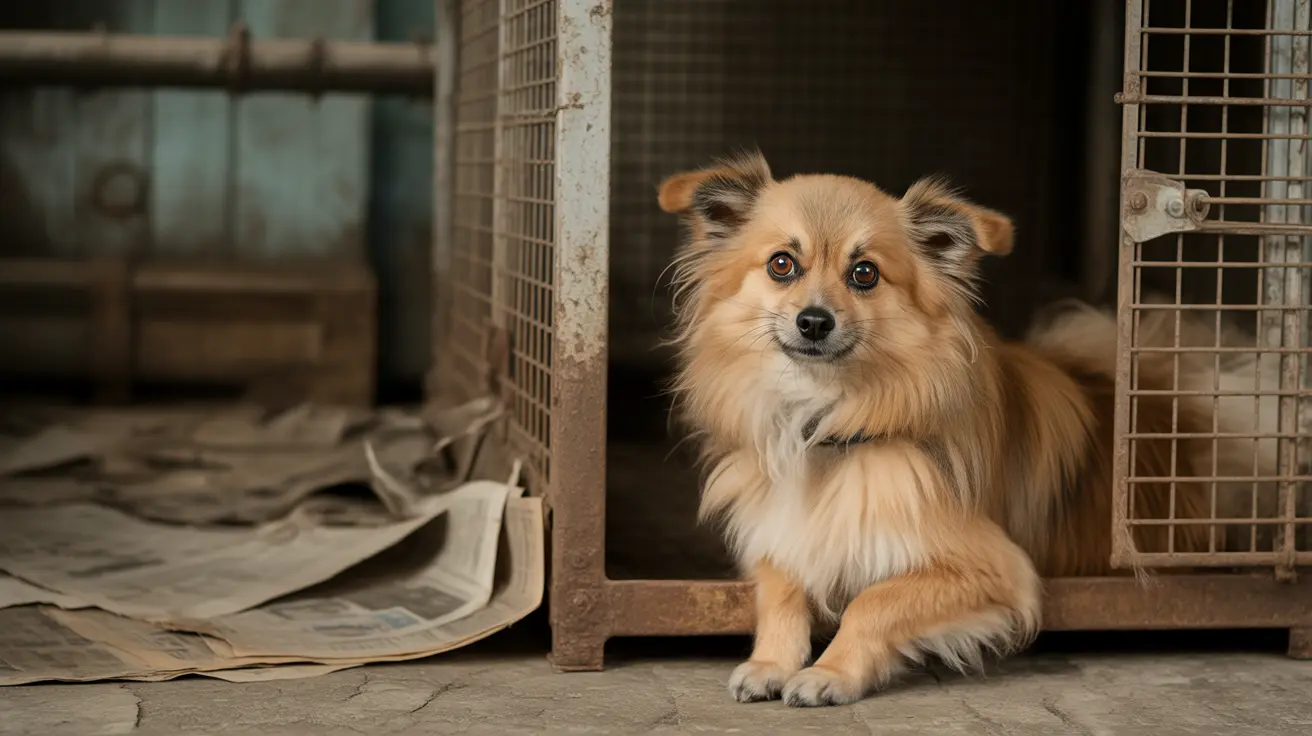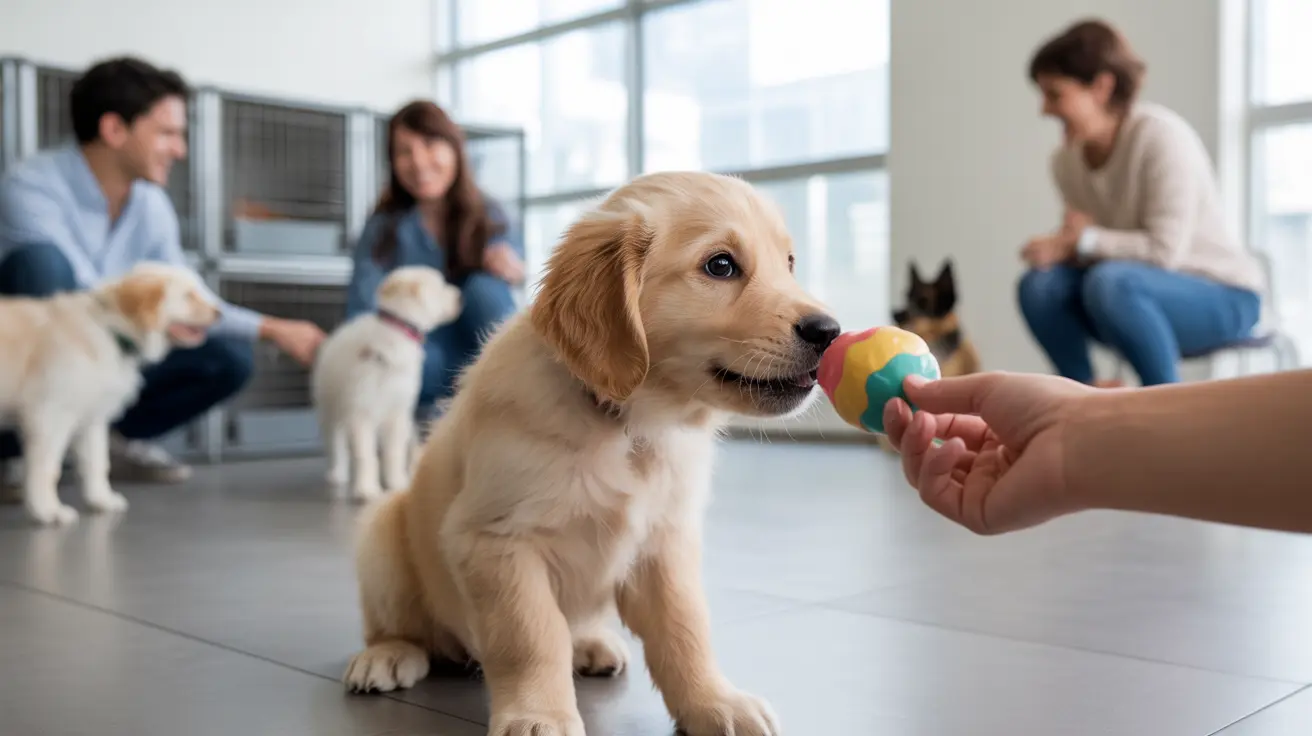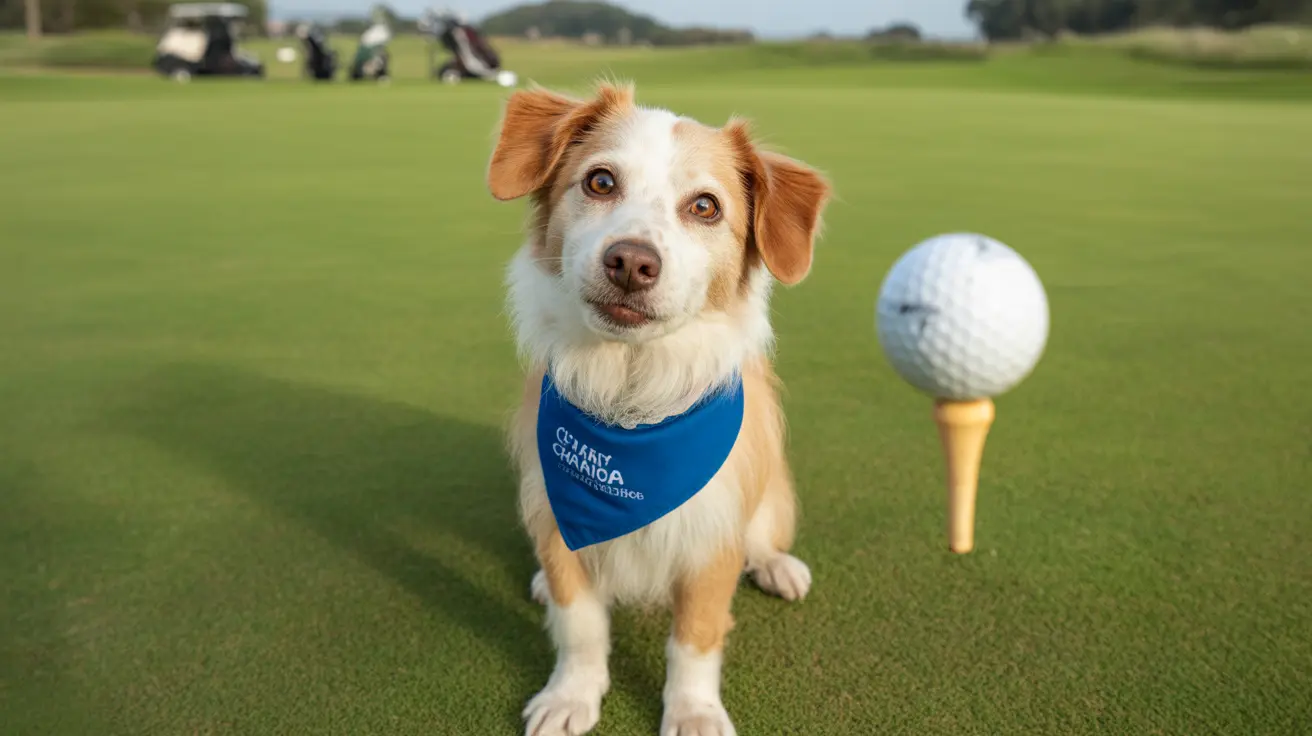Understanding Why Dogs Chew Their Paws
It's common to see a dog occasionally licking or chewing its paws—sometimes they're just cleaning off dirt after a romp outside. But when this behavior becomes frequent or intense, it's time to pay attention. Excessive paw chewing or licking may point to underlying health concerns or behavioral problems that shouldn't be ignored.
Common Causes of Excessive Paw Chewing
- Allergies: Dogs can react to pollen, mold, grass, certain foods, or household chemicals. Allergies often make paws itchy and red, sometimes leading to swelling or recurring infections (like ear or skin infections). Symptoms might worsen seasonally. Treatment involves identifying triggers, using medication for itching or inflammation, and managing secondary infections.
- Parasites: Fleas, ticks, and mites love to hide between toes and can cause relentless itching. Signs include persistent licking or biting, hair loss around the paws, crusty skin, swelling, and sometimes bleeding. Preventing and treating parasites should always involve your veterinarian.
- Skin Conditions and Infections: Yeast and bacterial infections are common culprits—often secondary to allergies but sometimes primary issues. Look for redness, swelling, discharge with a strong odor, crusting, ulceration, and limping. Treatments range from topical products to antibiotics or antifungals depending on severity.
- Injuries: Cuts from sharp objects, punctures from thorns or splinters, torn nails, burns from hot pavement or chemicals—all can lead to localized pain and increased chewing of the affected paw. You might notice swelling, bleeding, limping, or an abnormal gait. Some injuries require immediate veterinary care.
- Dry Skin: Dryness or cracked paw pads can result from weather changes (think winter salt), low humidity indoors, or nutritional deficiencies like not enough healthy fats in the diet. This discomfort often leads dogs to lick excessively. Dog-safe moisturizers and balanced nutrition help here.
- Behavioral Issues: Anxiety (such as separation anxiety), stress, boredom, or compulsive disorders can all show up as repetitive paw chewing. Dogs lacking enrichment may self-soothe by licking their paws. Other signs include restlessness and destructive behavior. Solutions include more exercise and mental stimulation; some dogs benefit from behavioral training or medication under vet guidance.
- Pain: Sometimes pain elsewhere in the body—arthritis in older dogs or musculoskeletal injuries—leads them to chew their paws as a coping mechanism. Watch for limping or reluctance to walk alongside paw chewing.
- Anal Gland Issues: Discomfort from full anal glands can cause hind paw biting. Dietary fiber helps some dogs express glands naturally; others need veterinary attention.
- Chemicals & Environmental Toxins: Substances like pesticides on grass, ice melt salts in winter, cleaning products on floors—all can irritate paws and prompt chewing. Washing your dog's feet after walks in treated areas reduces risk.
Diagnosing Paw Chewing: What Vets Do
A veterinarian will ask about your dog's medical history and perform a physical exam. Sometimes they'll recommend tests: bloodwork (to check for systemic issues), skin scrapings (for parasites), allergy testing (to pinpoint triggers), or even X-rays if pain is suspected elsewhere.
Treatment depends on the underlying cause—it could involve medication (antibiotics for infection; anti-itch drugs for allergies), dietary changes (for food sensitivities), parasite control products (for fleas/ticks/mites), wound care for injuries, behavioral interventions for anxiety-driven habits—or a combination of these approaches.
Paw Care at Home: Prevention & Monitoring
- Check your dog's paws regularly—especially after outdoor adventures—for cuts, debris between toes (like grass seeds), redness or swelling.
- Clean dirty paws with hypoallergenic wipes or gentle dog shampoo; dry thoroughly afterward.
- Keep nails trimmed; remove mats between toes gently with scissors if needed.
- Nourish with a balanced diet rich in essential fatty acids for skin health.
- Offer toys and puzzles to keep your dog mentally engaged when alone at home.
- Avoid walking where chemicals have been applied; rinse paws after exposure if needed.
If you notice persistent symptoms—sores that don't heal quickly; severe itching; swelling; changes in how your dog walks; new behavioral changes—don't wait: reach out to your veterinarian promptly.
The Bottom Line
Your dog may chew its paws now and then just as part of normal grooming—but when it becomes excessive it often signals something more serious is going on beneath the surface. Early recognition and veterinary support prevent complications like infections and chronic discomfort down the line. Keeping up with hygiene routines—and ensuring plenty of exercise and enrichment—goes a long way toward keeping those furry feet healthy!





